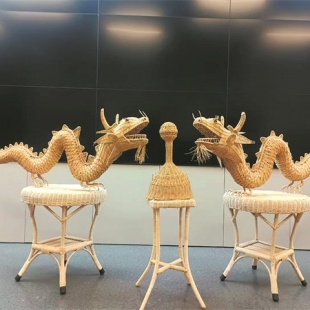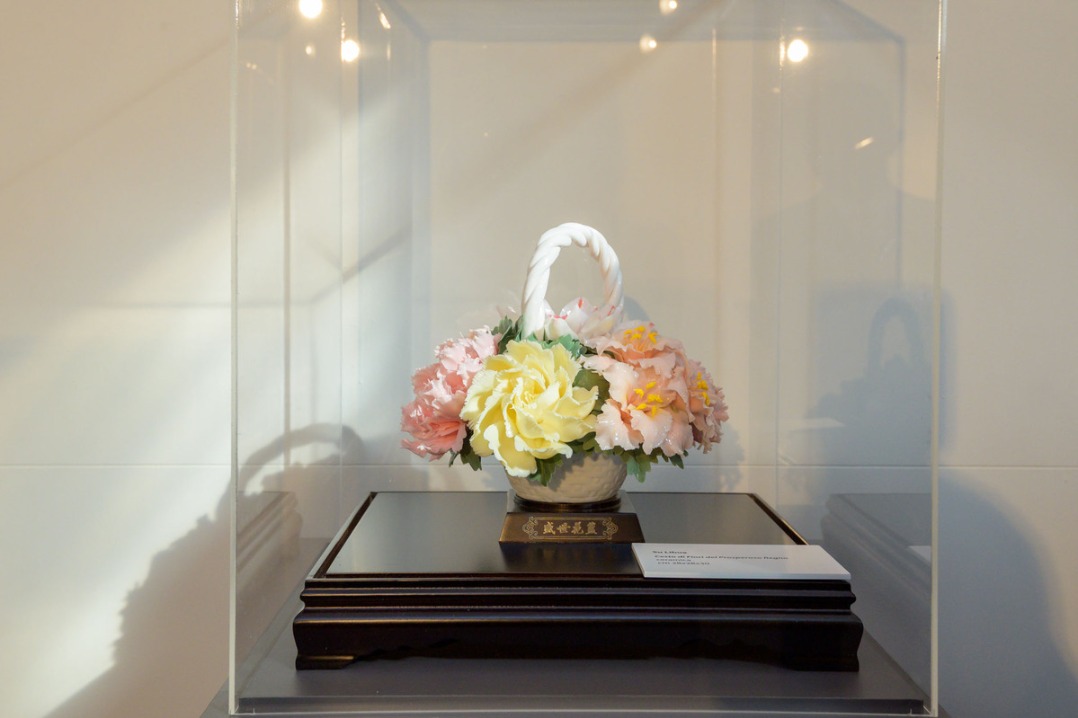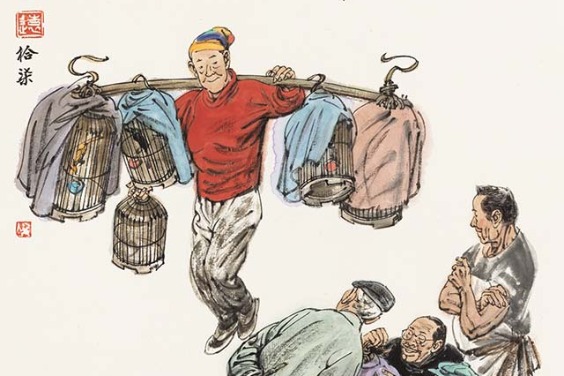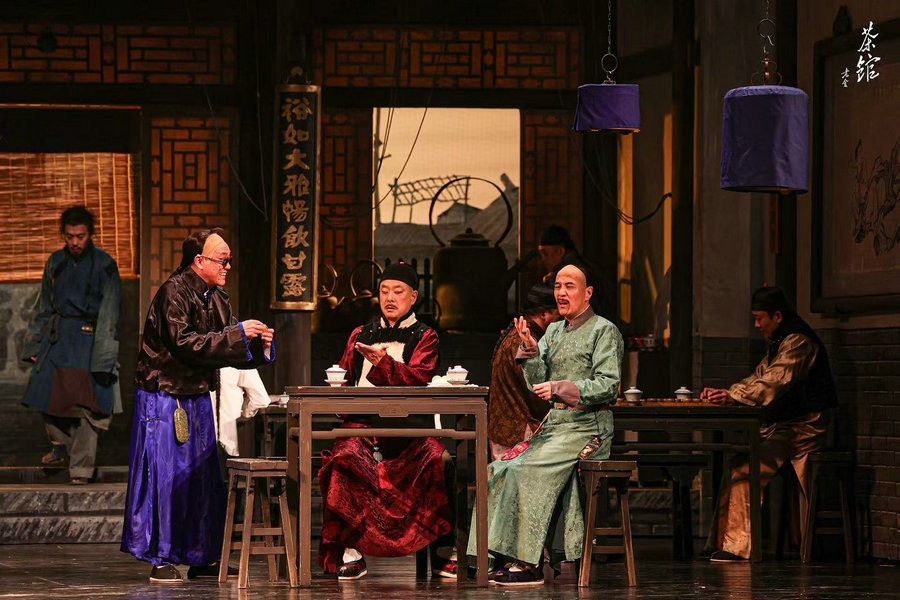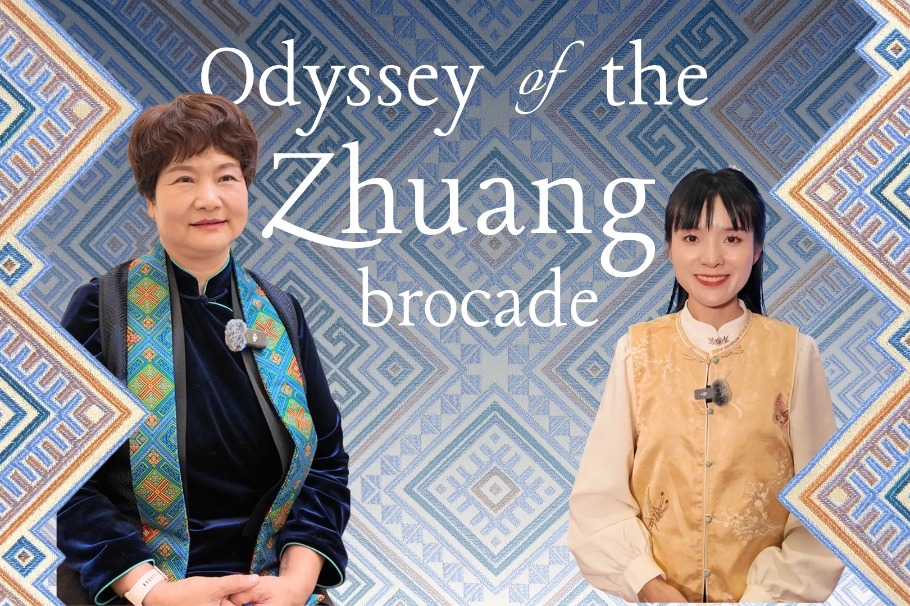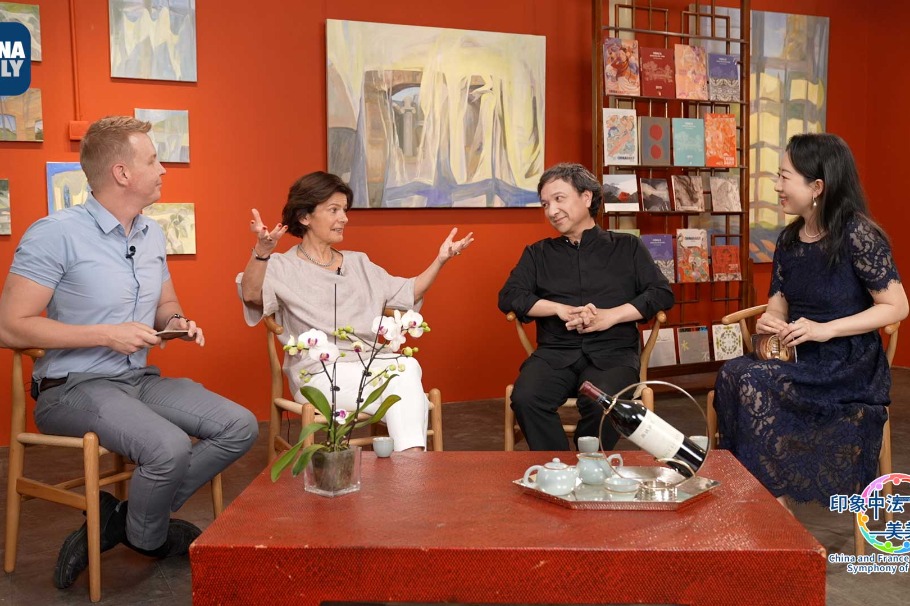A pattern of success with versatility adding to its ageless charm

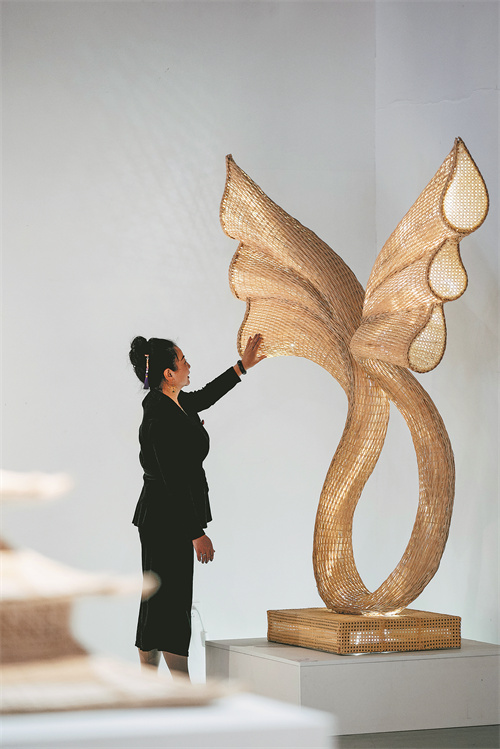
In the rattan-weaving museum in Huangguan town, Shaanxi province, Deng Feifei runs her fingers along the curves of a gravity-defying hanging chair.
"It's one of the favorite items among visitors, who would sit on it and pose for pictures," says the woman, 42.
The modern-looking rattan chair floats above a display of its ancestral counterparts, ranging from an old-fashioned chair in the 1950s, a traditional wedding palanquin to a replica of ancient armor, all employing the same hexagonal weaving patterns but separated by centuries of innovation.
"I want the visitors to see the history and culture of our rattan weaving, so they can better appreciate its charm and value," Deng says.
Apart from the chic hanging chair, innovative items like rattan-woven lamps, small creative cultural products like Terracotta Warrior figurines are also garnering attention at the museum, which has now evolved into a tourism hot spot in the area, with daily visits up to 800, according to Deng.
Those works of art are a collaboration between art students from institutes of higher learning, such as the Xi'an Academy of Fine Arts, and local traditional weavers.
"We're proving this isn't grandma's craft — it's a practical art and an avant-garde design," she says.
Deng decided to pursue rattan weaving after seeing her father-inlaw Xu Dezhong, a master weaver, help support their own family and local households with physical challenges through his craft.
"Seeing how rattan weaving helped build our home, I understood its power," Deng recalls.
In 2014, as her peers flocked to cities to pursue livelihoods, Deng took on the responsibility of preserving her family's craft. She transformed the family workshop into a company that, after a decade of growth, has become a significant hub for weaving innovation, which boasts seven patents, all stemming from Deng's keen observations of the challenges faced by master weavers.


